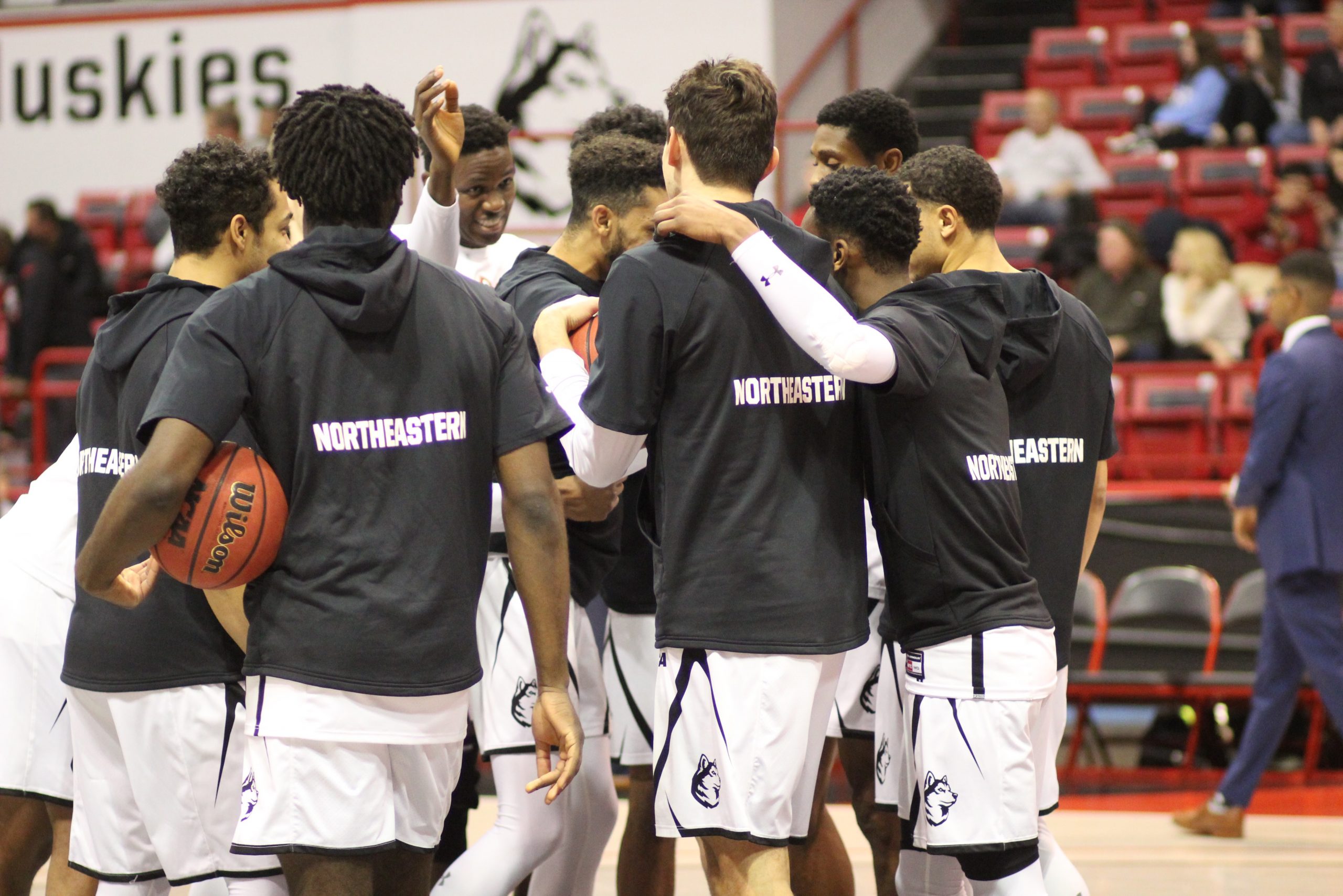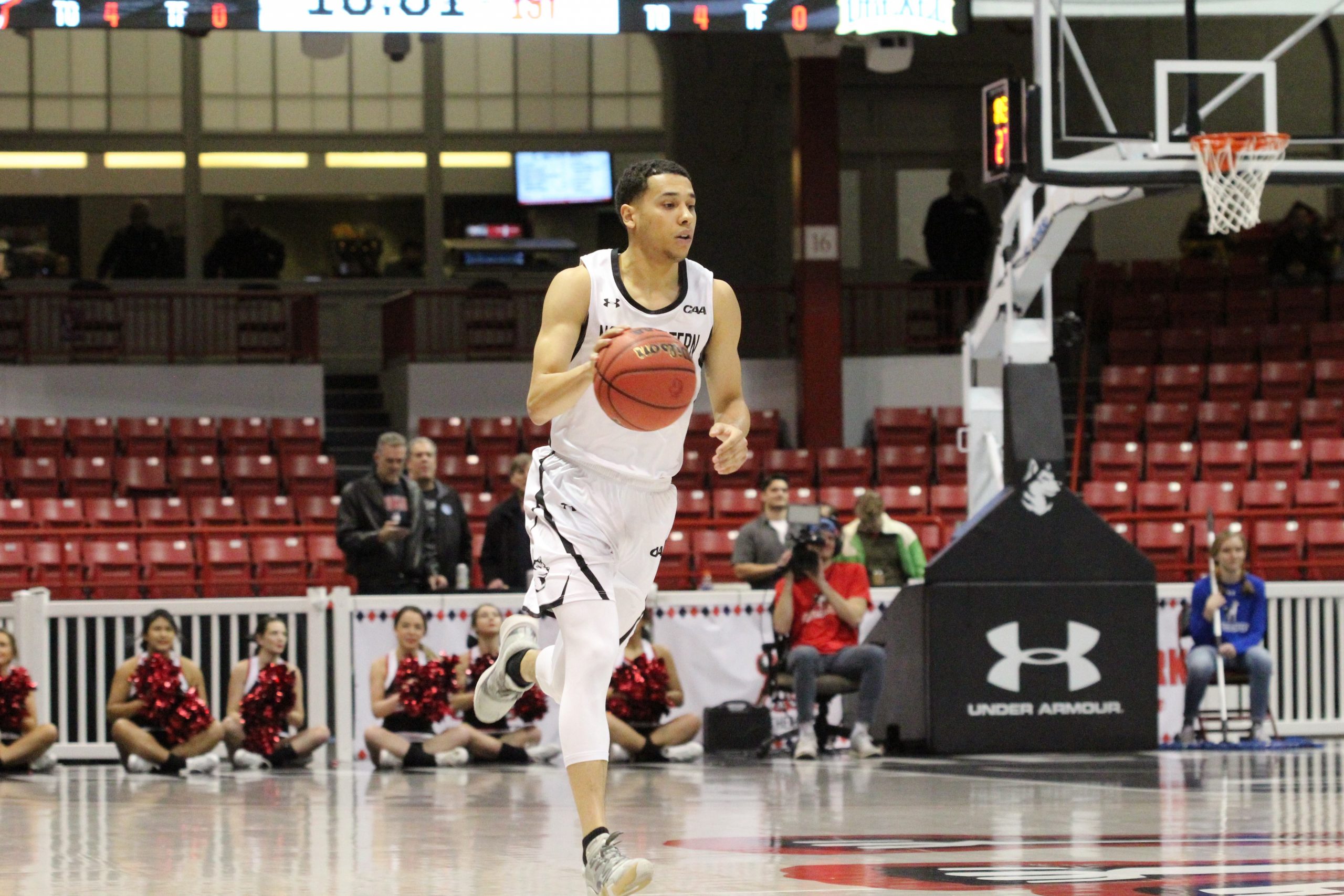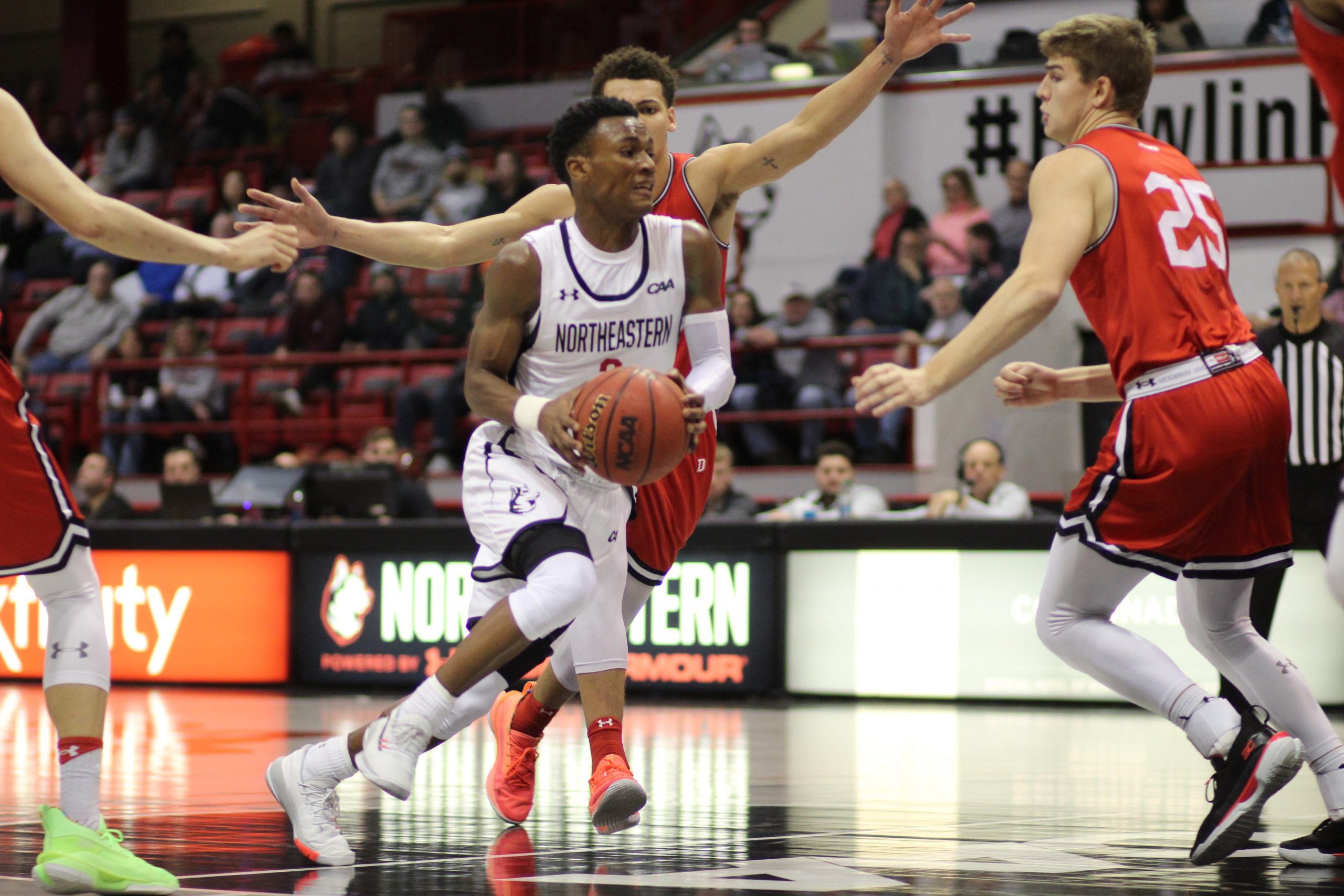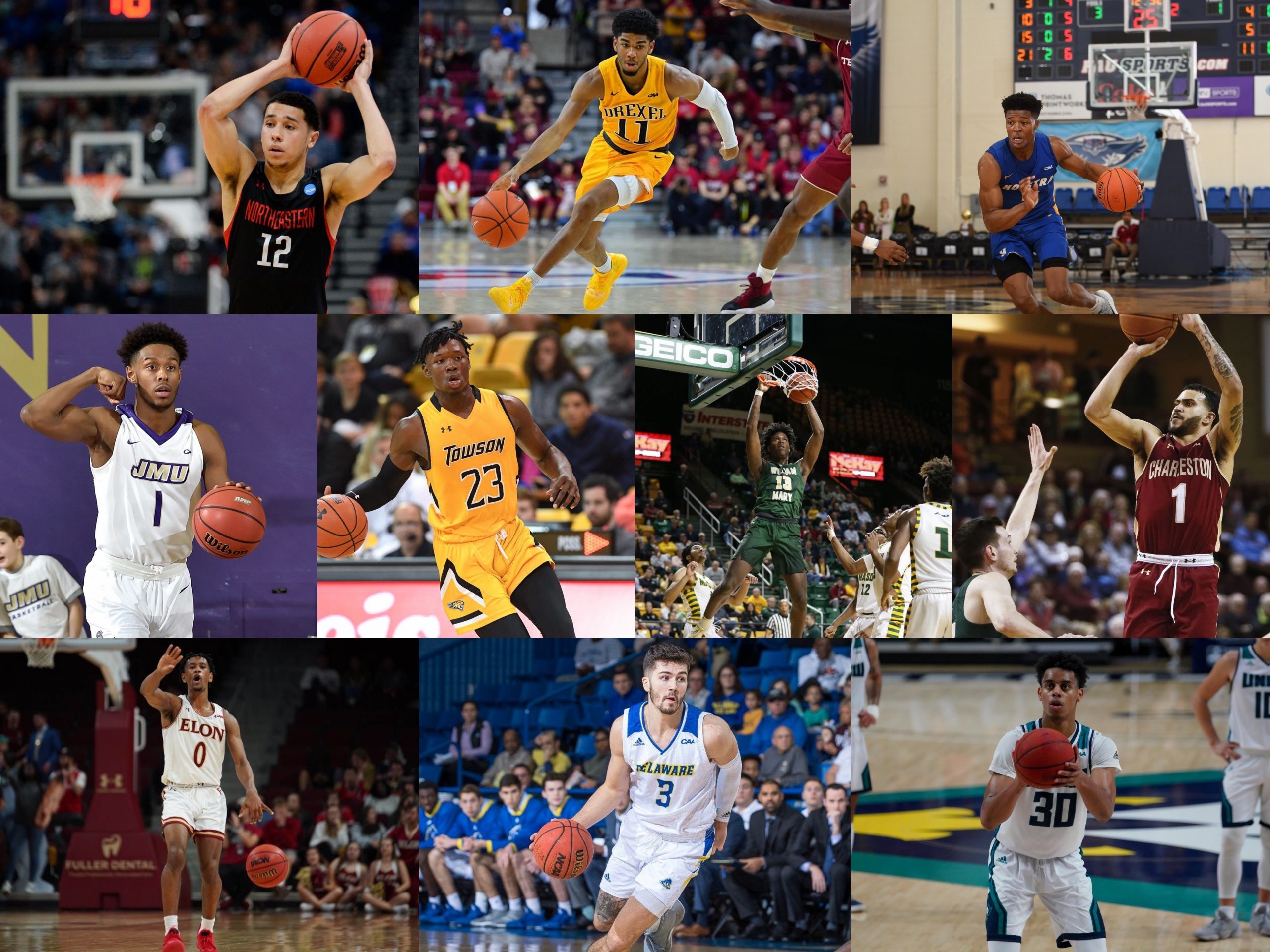2020–21 CAA Preview: Northeastern Huskies
Last season: 17–16 (9–9, sixth place CAA); lost to Hofstra in CAA Final Head coach: Bill Coen (15th season) Preseason Poll Projected Finish: Seventh Departures — ppg/rpg/apg (fg% / 3fg% / ft%) G Jordan Roland — 22/3/2 (48/39/88) G/F Bolden Brace — 11/7/2 (45/39/82) G/F Max Boursiquot — 9/5/1 (57/36/67) F Tomas Murphy — 9/3…





